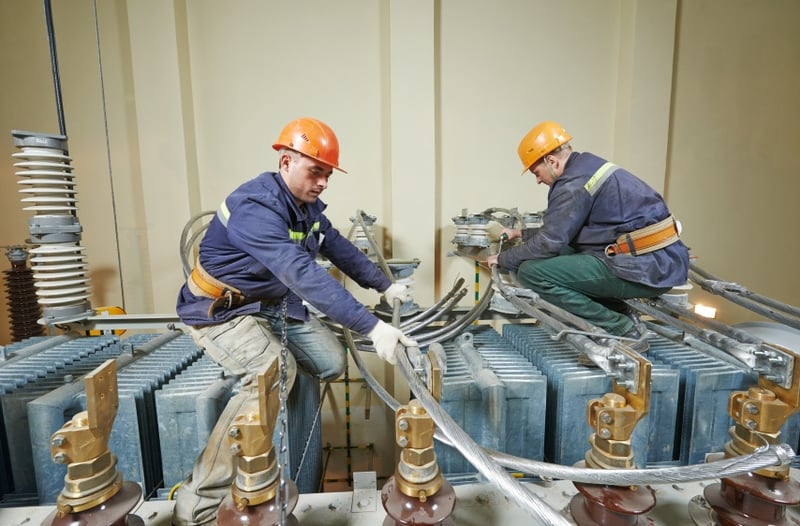
If you haven’t looked into incorporating a lean facility maintenance initiative at your organization, now may be the time. But what is the principle of “lean” and how can it apply to facility maintenance?
Let’s take a look at the what, how and why of lean and why your facility maintenance contractor should be incorporating it.
What’s Lean?
The basic principle of lean is that it focuses on flow, value stream, and eliminating waste. Waste is defined as “anything that happens to a product or process that does not add value from the customer’s perspective” as well as “materials being stored, transported, inspected or delayed, material waiting in queues, and defective products.”
Basically, a “lean” process or organization is intent on getting rid of any superfluous systems, steps, or physical goods in order to achieve maximum efficiency.
Lean is about doing more with less. When it comes to lean facility maintenance, this would mean less human effort, less investment in unnecessary products, less waste, etc.
How Does it Work?
Lean is a way of thinking and acting that touches all processes within an organization; as such, it’s important that the entirety of your contractor’s organization is on board. After all, the principles of lean rely heavily on a team-structured organization and employee engagement.
Once everyone is on board, it’s time to start implementing the lean philosophy. According to Mark Duclos, the Director of Operations & Maintenance at The University of Georgia, this is best accomplished by following the 5 S’s. They are as follows:
- Sort: Identification and sorting of items used regularly, occasionally, and rarely.
- Stabilize: Ensuring items used regularly are stored properly and easily accessible.
- Shine: Keeping a clean environment.
- Standardize: Written and posted materials for everyone to follow (e.g. delivery schedules, cleaning times, etc.).
- Sustain: Maintaining the facility and ensuring the above four steps continue to be followed.
By following the 5 S’s, unnecessary inventory will be eliminated, wasted motion will be avoided, safety will increase, improvements can be made at a lower cost, and overall organization and efficiency will improve.
Why Is This a Good Approach?
Not only does lean facility maintenance improve operational efficiency and lower lifetime costs, it can also benefit employees.
Although the transition to lean can be tough--it will require the full commitment of the contractor’s employees and suppliers and must be built on a culture where continuous improvement and learning are the norm--lean can ultimately improve communication, broaden skill ranges, make supervision easier, motivate workers, and bolster teamwork.
Lean is not about sacrificing the outcome over costs. Rather, it's about identifying the most crucial actions, eliminating the unnecessary, and streamlining the entire flow for the most efficient route.
Conclusion
While implementing the lean methodology can be tough, by partnering with a contractor that subscribes to it, you’ll be able to see the wonders it can work on your own facility.



